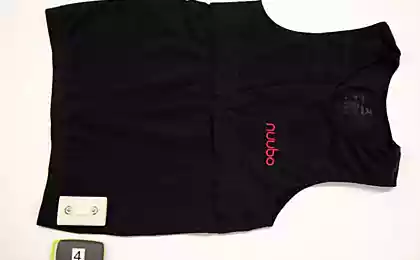1407
History of T-shirts
Agree T-shirt in the summer is an everyday clothing of any modern man. Each of us have several - for all occasions. But once it has been the subject of underwear. I suggest you find a version of the emergence of modern shirts.
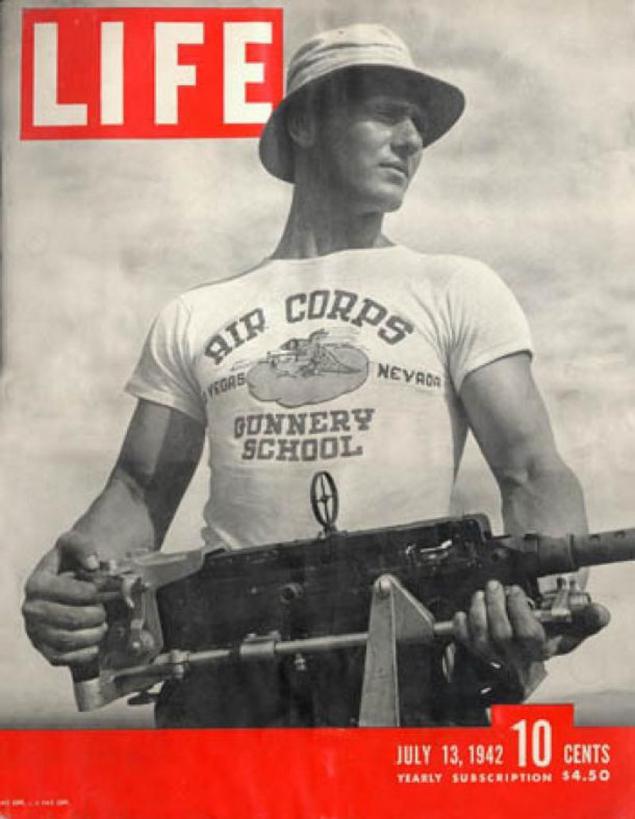
There is such a version: date of birth T-shirts is 1913. Initially, it was created for soldiers of the American fleet, because it does not hinder movement, and quickly dried up.
Ie during the First World War, American soldiers saw in the European light cotton "prafutbolki." They quickly borrowed this kind of clothes, t-shirts lightning soon gained popularity in the States themselves.
That's when the Japanese attack on Pearl Harbor forced the government to form a new, larger army. As a result, it was intended to several million soldiers, who had to put on and wear. That's when there were first-shirts made of cotton, like an improved version of the form of the British military. They could be outer clothing on the ship off the coast of the Pacific Ocean and the lower jacket in colder climates. Army undershirt obtained in the English language (or rather - in its American version), the official name of the t-shirt (T-shirt). And only in the USSR came as sportswear, got familiar to us the name of the "T" is really becoming a part of football shape and iconic attribute for fans and players.
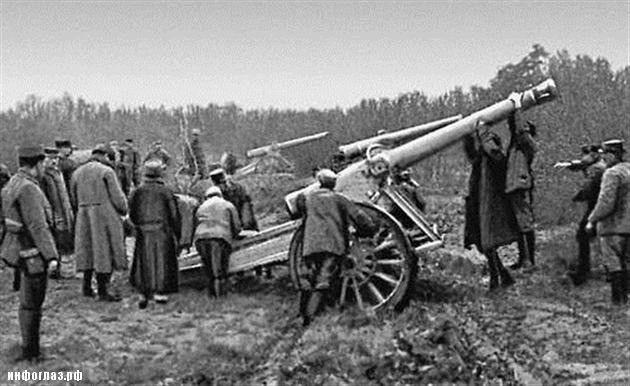
For a long time they were the privilege of the army and issued only one color - white. In the world of fashion T-shirt burst through the movie. In 1951, it was first shown to the public in the movie "A Streetcar Named" Desire ". The main character, played by Marlon Brando, it looked so organic, boldly and courageously, that immediately became clear - a new fashion trend. And the most famous movie which caused an incredible fashion T-shirts, is widely regarded as "Rebel Without a Cause" with James Dean (1955). Repeatedly appearing in "underwear" on the big screen, the actors had a great impact on the promotion T-shirts to the masses. Cheap, convenient and practical, she broke into the world, becoming beloved by millions.

In the 1960s people first hit upon the fact that the T-shirts can not just wear - they can do inscriptions and photos! Clearly, without the hippies are not done: they are mainly applied to their different social-shirt line, starting with an ordinary Pacific and ending deployed manifestos against the war in Vietnam. Mad punks in no less crazy 70s made shirts epitome of brutality, blood and sex: Sex Pistols, for example, liked to hang out in T-shirts with Queen Elizabeth, studded with pins or with the inscription I Hate Pink Floyd.
T-shirt has become a "talking thing": with its help protested, suffered, rejoiced demanded ... and made history! By the eighties trend became noticeable because of Briton Katherine Hamnett - she made a T-shirt with lyrics like «Frankie Say Arm The Unemployed» («Frankie says," to arm the unemployed ") and" 58% Do not Want Pershing »(« 58% disapprove " Pershing ", we are talking about placing Pershing missile installation in the UK). Demand for T-shirts has grown like an avalanche, the most popular labels stamped million - for example, the legendary Shit Happens or I`m With Stupid
Because the subject of mass culture shirt quietly began to seek his release carrier. And if for some originality achieved by relevant inscriptions for others comes first vintage. According to second-hand running around the crowd of collectors with wild-eyed, fanatical are looking for, such as the Soviet T-shirt with the emblem of the Olympic bear and "Olympics-80". They are supported by a powerful front mods - who, if not them, it is known that this vintage - it arhimodnaya thing that will abruptly shirts-by-night.

As in the Soviet Union? We were put through sport shirts: at the Olympics, our athletes have seen and appreciated the convenience of these products in sports. Well, we have adopted a fashion to wear T-shirts for training and competition. Hence, by the way, and the Russian-speaking name, because in the summer it was more visible all the players. The Soviet Union was the subject of a sports T-shirt wardrobe. It happened in the 60s.
If you look at pictures of those years, the T-shirts on humans are extremely rare and only for men, which is logical. But in the 70s and even the priority remains with the shirts but shirts are actively worn out all the training in everyday life. In the 80 years of the same, even before the restructuring, T-shirts already being worn youth subculture and become a garment. What can we say about the time and after 1985, and occurred while the diffusion of Western and Soviet culture ... By 1990, T-shirt and Russia has become a familiar, completely versatile garment.
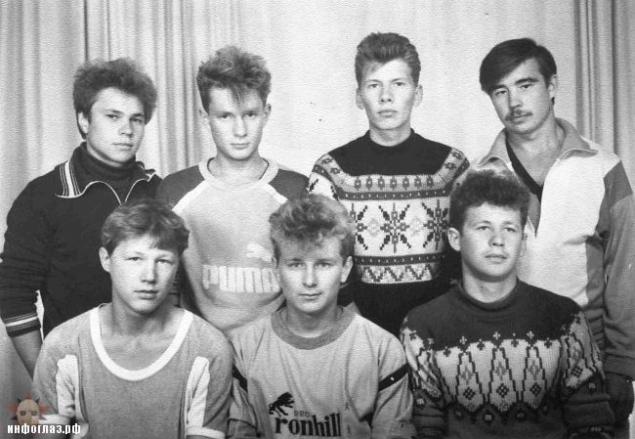
But they all agree on one thing: T-shirt - it's not just clothes, "one of" your closet. It is more a thing with a soul, a thing for which there is a great history and glorious past. And also ... a great future, of course!
The appearance of a full-color silk-screen enabled, finally, industrial method applied in a pattern on the fabric. First it was the image of the best musicians of the time. Buy a T-shirt like it was hard, because they were sold mainly at concerts as an advertisement. But it soon became clear that this new type of large-scale business. Advertising T-shirts, the ability to quickly and easily create a unique style of employees, expansion of the visual capabilities during promotions - all this led to the fact that the T-shirt with a stylish image has become one of the basic needs of the advertising market.
Now the iconic T-shirts - as always primarily a platform for manifestos.
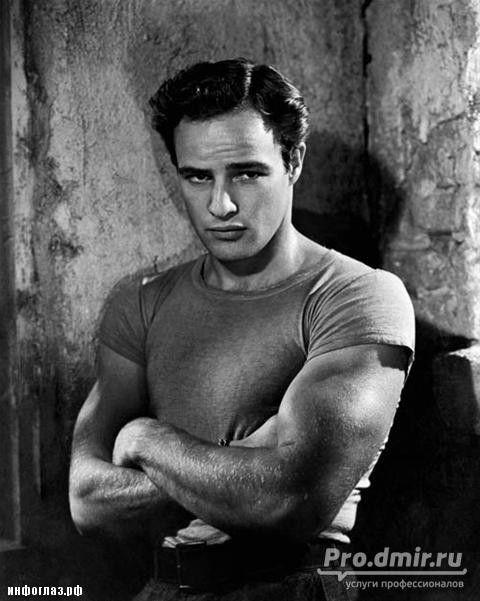
Source: masterok.livejournal.com

There is such a version: date of birth T-shirts is 1913. Initially, it was created for soldiers of the American fleet, because it does not hinder movement, and quickly dried up.
Ie during the First World War, American soldiers saw in the European light cotton "prafutbolki." They quickly borrowed this kind of clothes, t-shirts lightning soon gained popularity in the States themselves.
That's when the Japanese attack on Pearl Harbor forced the government to form a new, larger army. As a result, it was intended to several million soldiers, who had to put on and wear. That's when there were first-shirts made of cotton, like an improved version of the form of the British military. They could be outer clothing on the ship off the coast of the Pacific Ocean and the lower jacket in colder climates. Army undershirt obtained in the English language (or rather - in its American version), the official name of the t-shirt (T-shirt). And only in the USSR came as sportswear, got familiar to us the name of the "T" is really becoming a part of football shape and iconic attribute for fans and players.

For a long time they were the privilege of the army and issued only one color - white. In the world of fashion T-shirt burst through the movie. In 1951, it was first shown to the public in the movie "A Streetcar Named" Desire ". The main character, played by Marlon Brando, it looked so organic, boldly and courageously, that immediately became clear - a new fashion trend. And the most famous movie which caused an incredible fashion T-shirts, is widely regarded as "Rebel Without a Cause" with James Dean (1955). Repeatedly appearing in "underwear" on the big screen, the actors had a great impact on the promotion T-shirts to the masses. Cheap, convenient and practical, she broke into the world, becoming beloved by millions.

In the 1960s people first hit upon the fact that the T-shirts can not just wear - they can do inscriptions and photos! Clearly, without the hippies are not done: they are mainly applied to their different social-shirt line, starting with an ordinary Pacific and ending deployed manifestos against the war in Vietnam. Mad punks in no less crazy 70s made shirts epitome of brutality, blood and sex: Sex Pistols, for example, liked to hang out in T-shirts with Queen Elizabeth, studded with pins or with the inscription I Hate Pink Floyd.
T-shirt has become a "talking thing": with its help protested, suffered, rejoiced demanded ... and made history! By the eighties trend became noticeable because of Briton Katherine Hamnett - she made a T-shirt with lyrics like «Frankie Say Arm The Unemployed» («Frankie says," to arm the unemployed ") and" 58% Do not Want Pershing »(« 58% disapprove " Pershing ", we are talking about placing Pershing missile installation in the UK). Demand for T-shirts has grown like an avalanche, the most popular labels stamped million - for example, the legendary Shit Happens or I`m With Stupid
Because the subject of mass culture shirt quietly began to seek his release carrier. And if for some originality achieved by relevant inscriptions for others comes first vintage. According to second-hand running around the crowd of collectors with wild-eyed, fanatical are looking for, such as the Soviet T-shirt with the emblem of the Olympic bear and "Olympics-80". They are supported by a powerful front mods - who, if not them, it is known that this vintage - it arhimodnaya thing that will abruptly shirts-by-night.

As in the Soviet Union? We were put through sport shirts: at the Olympics, our athletes have seen and appreciated the convenience of these products in sports. Well, we have adopted a fashion to wear T-shirts for training and competition. Hence, by the way, and the Russian-speaking name, because in the summer it was more visible all the players. The Soviet Union was the subject of a sports T-shirt wardrobe. It happened in the 60s.
If you look at pictures of those years, the T-shirts on humans are extremely rare and only for men, which is logical. But in the 70s and even the priority remains with the shirts but shirts are actively worn out all the training in everyday life. In the 80 years of the same, even before the restructuring, T-shirts already being worn youth subculture and become a garment. What can we say about the time and after 1985, and occurred while the diffusion of Western and Soviet culture ... By 1990, T-shirt and Russia has become a familiar, completely versatile garment.

But they all agree on one thing: T-shirt - it's not just clothes, "one of" your closet. It is more a thing with a soul, a thing for which there is a great history and glorious past. And also ... a great future, of course!
The appearance of a full-color silk-screen enabled, finally, industrial method applied in a pattern on the fabric. First it was the image of the best musicians of the time. Buy a T-shirt like it was hard, because they were sold mainly at concerts as an advertisement. But it soon became clear that this new type of large-scale business. Advertising T-shirts, the ability to quickly and easily create a unique style of employees, expansion of the visual capabilities during promotions - all this led to the fact that the T-shirt with a stylish image has become one of the basic needs of the advertising market.
Now the iconic T-shirts - as always primarily a platform for manifestos.

Source: masterok.livejournal.com





